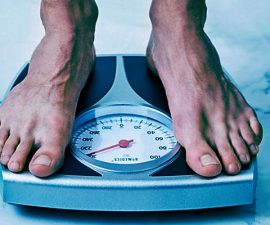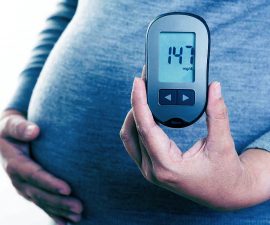Different Types of Diabetes Insipidus
According to Leann Olansky, MD, an endocrinologist at Cleveland Clinic’s Department of Endocrinology, it is likely that two main defects leading to diabetes insipidus. One is the body’s inability to make Vasopressin (likely lead to Central Diabetes Insipidus). Another one is the kidneys’ inability to respond to Vasopression, leading to Nephrogenic Diabetes Insipidus.
In general, diabetes inspidius causes depend on the different type of the disorder. In general, there are 4 major types of diabetes insipidus.
Central
Diabetes insipidus happens when there’s a damage either within the pituitary gland or hypothalamus – it leads to disruptions in the (supposed to be) normal storage, production, and release of the Vasopressin. Because of the disruption, the kidneys take too much fluid from your body, increasing the rate of urination. The damage to the gland or the hypothalamus may result from:
- An injury to the head
- A tumor
- Inflammation
- Infection
- Surgery
It is also possible that inherited gene defect may be responsible for the disruption in Vasopressin release, storage, and production. But this cause would be so rare. In some of the cases, the exact cause remains unknown.
Nephrogenic
In this type of diabetes insipidus, it is the kidneys that are being problematic and not normally function properly. The kidneys don’t normally respond to the hormone (Vasopressin) so it removes too much fluid from the bloodstream continuously. This type usually results from inherited gene mutations or changes, which prevent your kidneys from responding properly to Vasopressin.
Other causes include:
- Urinary tract blockage
- Chronic kidney disease
- High levels of calcium within the blood
- Low levels of potassium within the blood
- Certain medications, such as lithium
In some cases, it is possible that the exact causes would be unknown too
Dipsogenic
This type results from the defect in your thirst mechanism – which is located in your hypothalamus. Because of the defect, there is an abnormal increase in the liquid intake and thirst sensation. The condition would suppress the secretion of Vasopressin and increase the output of urine. The same conditions that damage the pituitary or hypothalamus (such as head injury, tumor, inflammation, infection, or surgery) may also damage your thirst mechanism. Mental health issues or some medication may lead to dipsogenic diabetes insipidus.
Gestational
This is a situation that only happens during pregnancy. During this stage, many of the hormones and enzymes are in chaotic state. In some cases, the placenta (the temporary organ connecting the baby and mom) produces an enzyme that somewhat breaks down mom’s Vasopressin. It is also possible that pregnant moms produce more prostaglandin. This is hormone-like chemical reducing kidneys’ sensitivity to Vasopressin.
In this type of diabetes insipidus, most of the moms have mild case – without any noticeable or significant symptoms. In most cases, this condition will disappear after the delivery. But the mom is pregnant again, the condition may return again.
The Common Symptoms
The symptoms to diabetes insipidus may include:
- Excessive urination, often in the form of diluted urine
- Extreme thirst – as if you were never enough
- Preference to cool and cold beverages
- The frequent urge to urinate even at night
In extreme cases, the urination level can reach 20 quarts (around 19 liters) a day which is pretty abnormal. It is also possible that kids or infant may also have this disorder. The symptoms may include:
- Wet and heavy diapers, even within minutes after changing
- Sleeping trouble
- Bed wetting
- Constipation (because of the lack of fluid to soften the stool)
- Fever
- Weight loss
- Fever
- Delayed growth
- Vomiting
Everyone should know that there is something with them if they urinate too much. If the frequency of urination is too high and it is accompanied by extreme and on-going thirst, you need to see your doctor right away.




